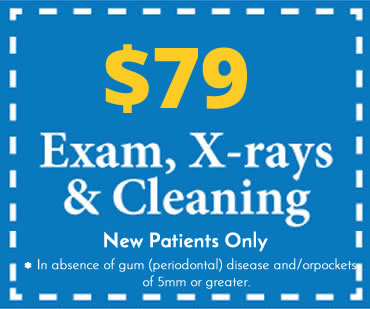Though you may schedule your checkups every six month, dental X-rays are an important component in protecting your oral health. With dental X-rays, your dentist can get a better picture of what’s going on inside your mouth. Advances in technology have made digital X-rays the preferred choice of many dentists.
Why are X-rays important?
Not all oral health problems can be seen with a visual inspection. X-rays allow your dentist to locate hidden abnormalities, like tooth decay under a restoration, signs of gum disease, infections, bone changes, and other issues. Finding small problems before they escalate can save you time and money as well as protect your smile.
Are dental X-rays dangerous?
Most practices use digital X-rays, which emit 90 percent less radiation than traditional techniques. Radiation exposure from dental X-rays is actually very low.
How often should I have X-rays?
The answer to this question depends on several factors, including age, risk for dental health problems, and current oral condition. If you are a new patient, the dentist may want to take X-rays to serve as a baseline for future comparison. Typically, adults have full X-rays every 12 to 24 months.
Are there different types of dental X-rays?
Yes. Bite-wings provide details of the upper and lower teeth in one area of the mouth and help identify decay between teeth. Periapical X-rays capture an image of the entire tooth. Panoramic X-rays show all the teeth, on both the upper and lower jaws, on a single X-ray.




